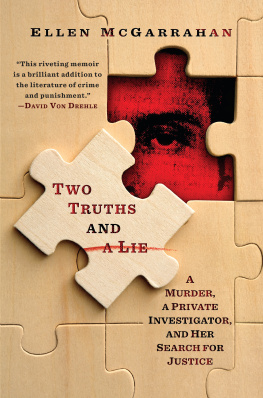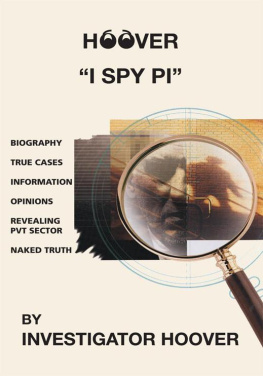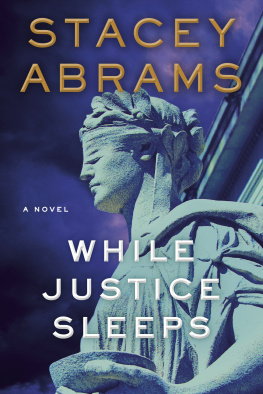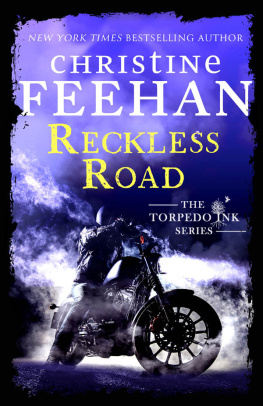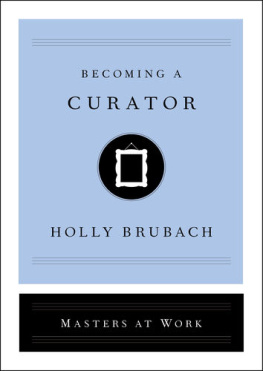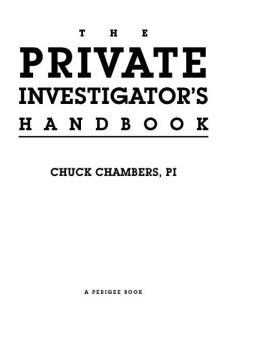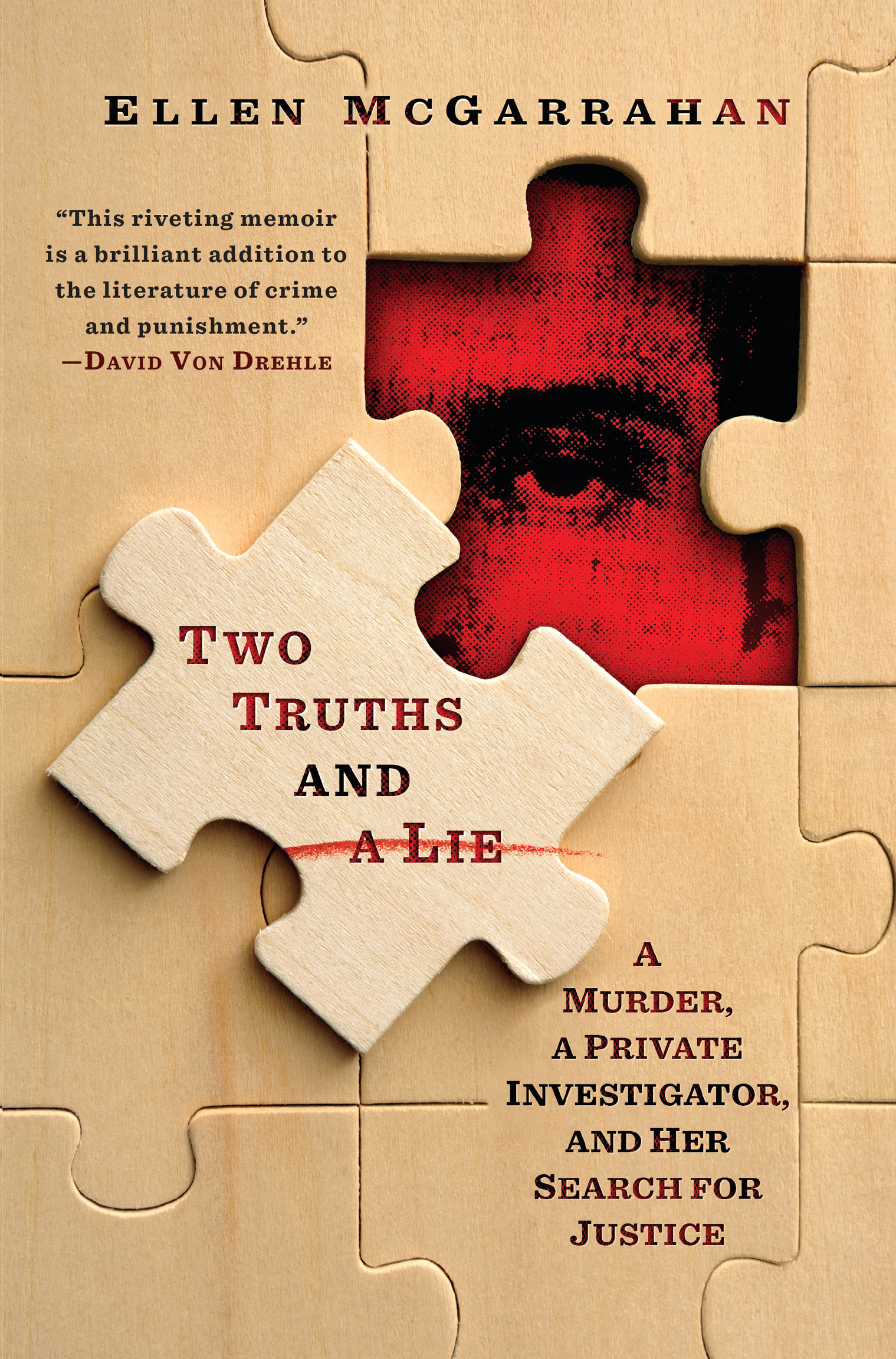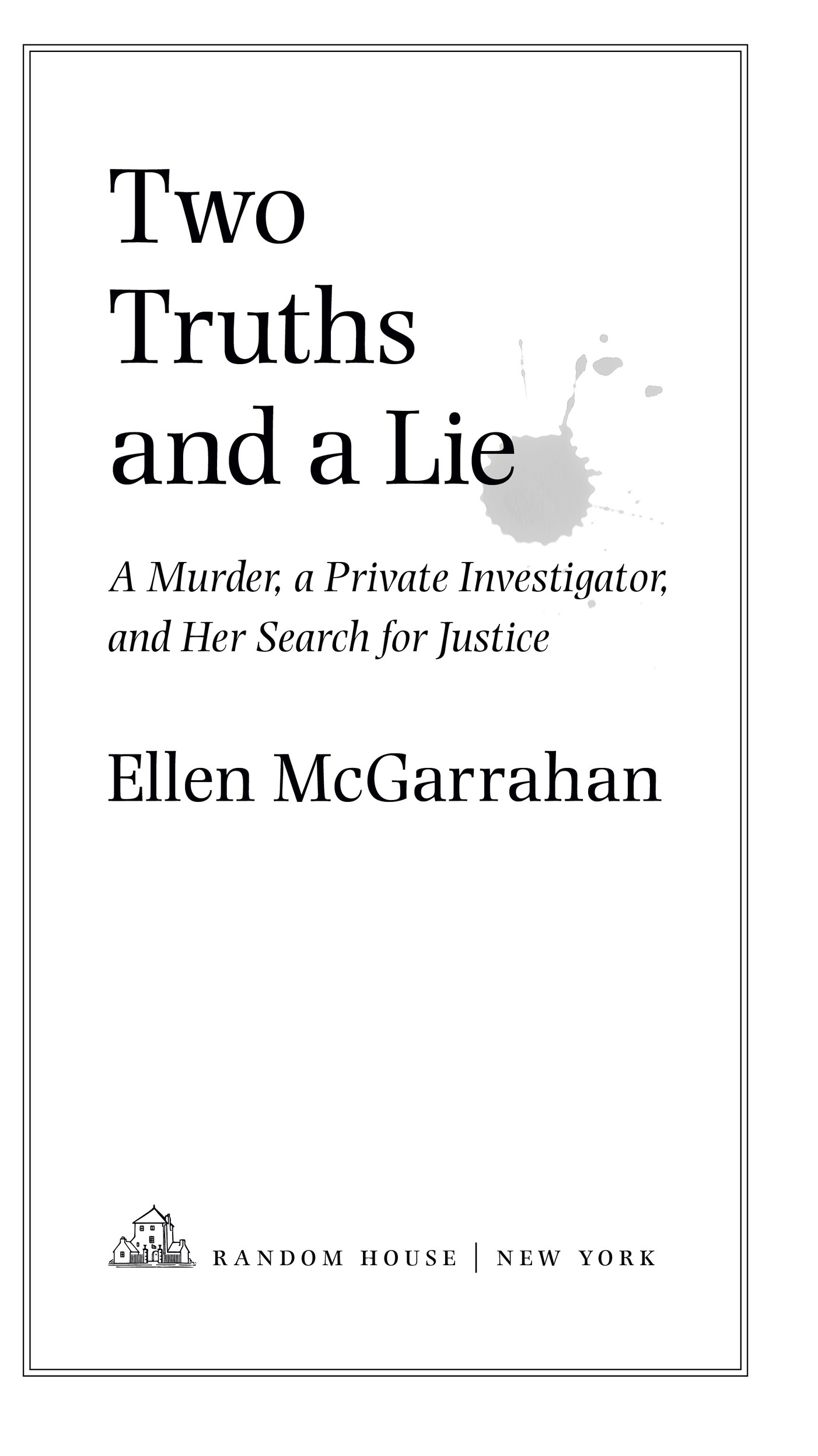All rights reserved.
Published in the United States by Random House, an imprint and division of Penguin Random House LLC, New York.
R andom H ouse and the H ouse colophon are registered trademarks of Penguin Random House LLC.
Names: McGarrahan, Ellen, author.
Title: Two truths and a lie / Ellen McGarrahan.
Identifiers: LCCN 2020009767 (print) | LCCN 2020009768 (ebook) | ISBN 9780812998665 (hardcover) | ISBN 9780812998672 (ebook)
Subjects: LCSH: Tafero, Jesse, 19461990. | MurderInvestigationFlorida. | Crime and the pressFlorida. | Judicial errorFlorida.
Classification: LCC HV8079.H6 M388 2021 (print) | LCC HV8079.H6 (ebook) | DDC 364.152/3092dc23
Murder is an act of infinite cruelty.
Prologue
Six Minutes Past Seven
The road out of town was narrow and dark, and I did not see the prison until it was right in front of me. Five-thirty in the morning. Starke, Florida. May 1990. A bleak building, boxy, wrapped in razor wire and washed white by flares. I drove past the prison gates as instructed and pulled into a grass parking lot. The other reporters were already waiting, silhouettes in a mist floating up from the night fields, and as I walked over they were talking about clothes. Wear what you would wear to a funeral, one reporter said his father, a preacher, had advised. He looked solemn and shiny in his clean dark suit. I was back in my car scrambling out of my blue jeans and into my black jeans when two lights swept across me. The prison van, arriving to take us inside.
In the prison entrance hall, steel bars spanned floor to ceiling, wall to wall. Beyond them, the prison slept, cold and bright and pin-drop quiet. A guard with a gun checked my drivers license and press credentials, then I passed through a metal detector and into a room where a prison matron told me to get my hands up over my head. She patted underneath my shirt, skin to skin. She took away my shoulder bag, car keys, and wallet, and handed me a yellow notepad and two pencils. I carried those down a linoleum corridor to a briefing room, where tiny desks stood in tidy rows, like school. The prison spokesman was friendly and had a metal hook for a hand. Last meal: scrambled eggs, fried pepperoni, toasted Italian bread, two tomatoes, steamed broccoli, asparagus tips, strawberry shortcake with fresh strawberries and whipped cream, whole milk, and hot Lipton tea, he said. Yes, the governor was aware of the complexities of the condemned mans case. The innocence claim. No, the governor had not issued a stay.
As the spokesman talked, a banging began, metal on metal like a hammer on a pipe. The noise grew louder, clanging, clanking. A huge slamming sound, and the room blacked out.
Standard procedure, the spokesman said, through the gloom.
For every electrocution, Florida State Prison switched to its own generator to make sure there was an uninterrupted flow of power, he explained. When the lights came back on, they were yellower, weaker. I made a note: These people know what theyre doing.
Then we got back in the van and rode around the prison yard to Q-Wing, and the electric chair.
Q-Wing was one small room, very brightly lit. The electric chair stood directly inside the door. It was enormous. Old, oak, bristling with electrodes and leather straps. It was so close I could have reached out and touched it except for the Plexiglas separating the witness area from the death chamber. On this side of the Plexiglas were four rows of seats, facing front. I chose a spot over by the window, third row back. The ivory-colored venetian blinds that covered the window felt reassuring in their vaguely residential way. The sun was up now, the sky outside the pale white of dawn. On the wall behind the electric chair was a junction box with a thick black wire snaking out of it. On the other wall was a clock. The clock hung just above the compartment where the executioner sat with the electrical controls. By law, every single thing about the executioner was secret. I tried, but there was no way to see into the booth.
On the wall clock, the minutes ticked past. Half a minute now. Seconds.
At seven a.m. exactly, the door in the back of the death chamber burst open.
Three men. Two in uniform. One shackled, struggling.
He was white, this prisoner. Wan and wiry. Dressed in a light blue button-down shirt and dark blue trousers, in stocking feet. Bald, because guards had just shaved his head. A square face with a strong nose, full lips, wide-set long-lashed dark brown eyes. He was forty-three years, six months, and twenty-three days old. His name was Jesse Tafero.
Jesse Tafero was bracing his feet against the floor and bending backwards toward the door hed just come through. But the guards were strong and they were ready for this. They had him by the armpits, and they dragged him into the chamber and slammed the door shut behind them. Then they turned him around and made him look at the chair.
Before this moment, I had never laid eyes on Jesse Tafero. Id never spoken with him. The only photograph Id ever seen of him was a mugshot, taken the day he was arrested for the murder of two police officers, back in February 1976. The arrest that had landed him here.
Whenever the governor of Florida signed a death warrant, the editors at The Miami Herald, where I was a staff writer, called up the papers capital bureau in Tallahassee and asked who wanted to be put on the witness list. When Governor Bob Martinez signed Jesses warrant, I was new in the bureau, the youngest journalist there, and the only woman. I volunteered. I knew nothing about prisons. Id grown up in Manhattan, spent summers on Cape Cod, went to private schools. Five years earlier Id been deconstructing The Executioners Song in literature class at Yale. But the State of Florida was using taxpayer money to carry out death sentences and my beat assignment included the Department of Corrections, so it seemed to me that witnessing was part of my job as a reporter. I wanted to be a good reporter. I also thought I had the whole death penalty thing figured out. A delicate equation of actions and forfeiture and gain and loss, plus the law is the law, was my opinion. It did not seem impossibly complicated to me. And anyway, almost every death warrant was turned down by the courts at the last moment, everyone said, so no need to get too worked up. My bureau chief, for example, had never witnessed an execution and hed been covering the state government for seven years.
But now the guards were strapping Jesse into the chair. Thick leather straps: arms, chest, legs. The electric chair faced the witnesses, and as we watched Jesse, Jesse was watching us. Beneath his shaved scalp his dark eyes burned. He was starting to look at the witnesses in the front row, one by one, I realized. He was going to stare right into the eyes of every single person who had come to see him die. I did not want him to stare at me. But when his eyes finally reached methe guards were yanking the straps tightI decided, Well, its probably polite. I met his gaze. Locked in. One, two, three, four, five, six. Then his stare moved on.

